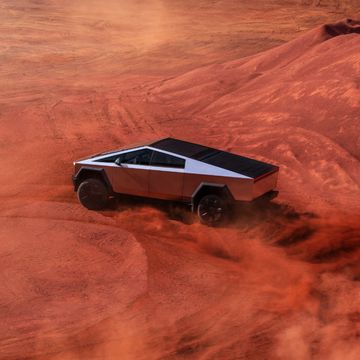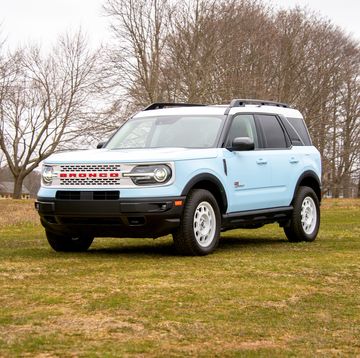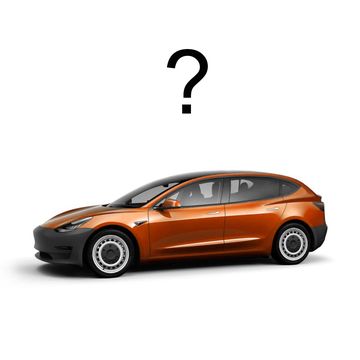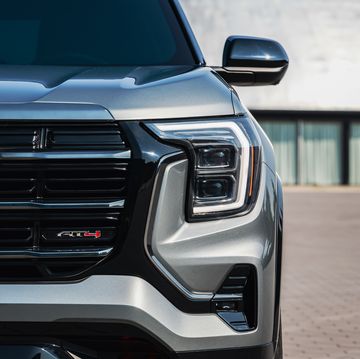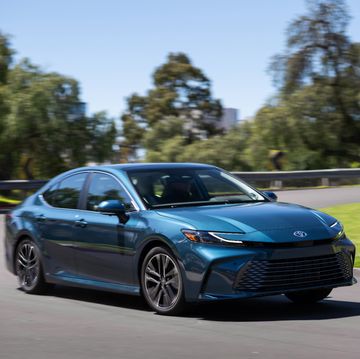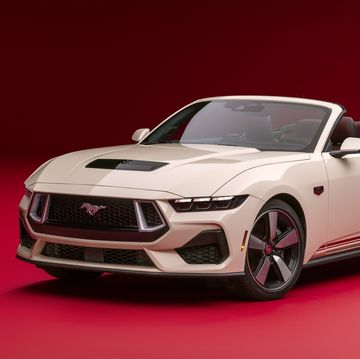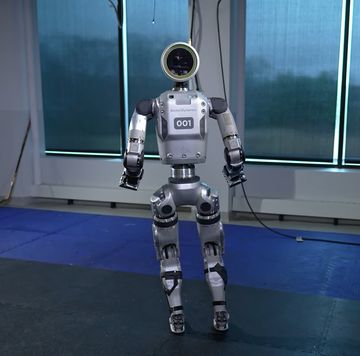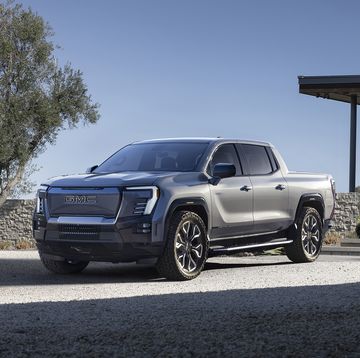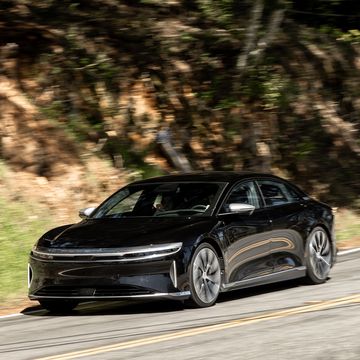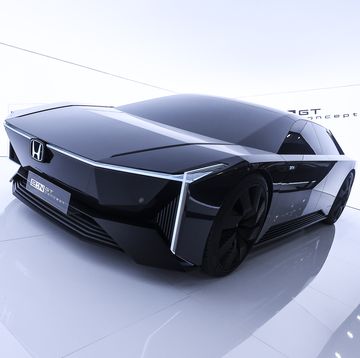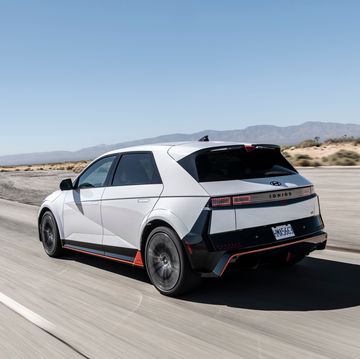Consumer Reports has released the results of its 2016 Auto Reliability Survey. While the annual report doesn’t rank vehicles based on what enthusiasts want in four-wheel transportation -- as its name suggests, it’s all about reliability and predictability -- it probably plays a big role in how your neighbor who doesn’t care at all about cars will make his next auto-buying decision.
So, it’s always worth a look.
This year, there’s some of the expected shuffling of brand rankings common as new products and technologies enter the market and older products get perfected, plus a few totally predictable results. To the shock of no one, Toyota and Lexus topped the list thanks to their “conservative, evolutionary approach” to vehicle production (though in the case of the latter marque, not necessarily exterior styling).
There are a few surprises, as well. Subaru slipped from the top-10 brands over serious Legacy and Outback recalls and WRX reliability concerns. Notably, Buick moved into third place, a first for an American automaker.
It was a mixed bag for other GM offerings, with Chevrolet cars tending to fare better than Chevy or GMC trucks. It’s even worse for Fiat-Chrysler. Out of a lineup spanning Alfa Romeo, Chrysler, Dodge, Fiat, Jeep, Maserati and Ram, only the Chrysler 300 got the CR nod of approval. FCA nameplates tend to fill out the bottom of the brand reliability rankings, along with ... Tesla.
Speaking of Tesla, the Model S, which has (somewhat confusingly) been all over the place in CR’s rankings, has swung back into “recommended” territory. Yet the complicated, malfunction-prone Model X remains off the list.
Not a single Jaguar-Land Rover product made it, which highlights another caveat with the report: CR’s list isn’t necessarily predictive of sales. JLR vehicles have never been known for sterling reliability, yet people keep buying them. 2016 is shaping up to be a good year for the company and its cars, “recommended” status or not.
The all-new Honda Civic didn’t earn a recommendation this time around; this situation parallels that of the last-all new Civic, which Consumer Reports sharply criticized after its debut in 2011. In the new car’s case, this seems to be tied to a frustrating touchscreen-based infotainment system, driving safety tech and, curiously, lack of availability of certain configurations at dealerships (how that is a reliability concern is beyond us). Perhaps a fix is already in the works: The upcoming 2017 CR-V adds a volume knob to its infotainment system, likely a response to persistent griping from reviewers and buyers alike.
Mazda, we’ll note, scored a grand slam: Every one of its vehicles earned a recommendation.
You might notice an “alert” icon while browsing through the list. That’s because Consumer Reports has flagged a number of vehicles -- Mercedes-Benzes, Volvos and Teslas among them -- for having semi-autonomous drive technology onboard. The review publication believes automakers should be more responsible with this tech before it’s fully hashed out, though having the equipment onboard apparently doesn’t preclude a recommendation.
You can view Consumer Reports’ full list here, but you’ll have to subscribe to get full reviews and breakdowns of the publication’s ratings.


